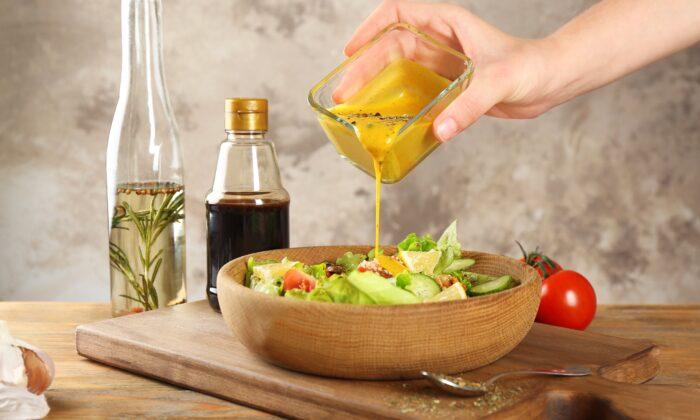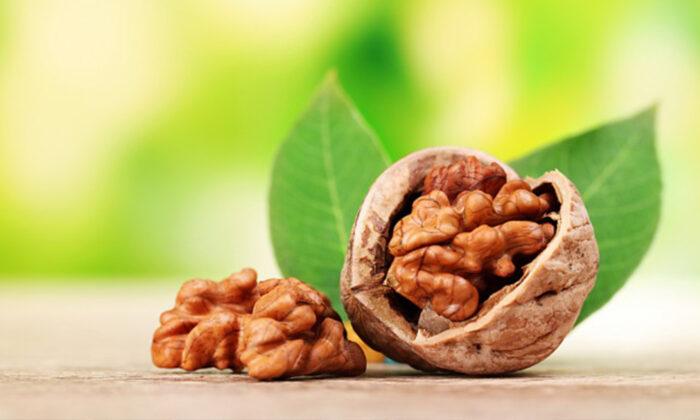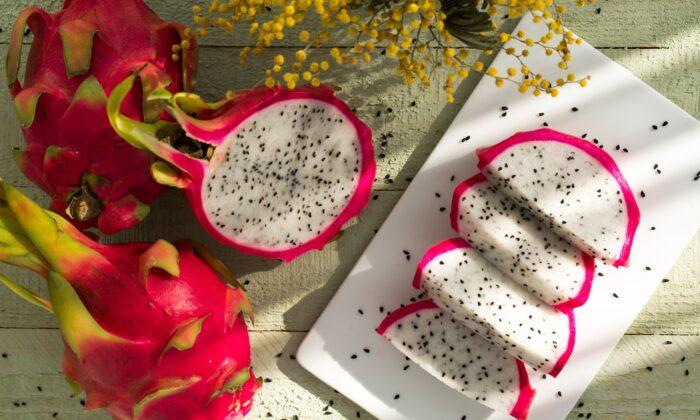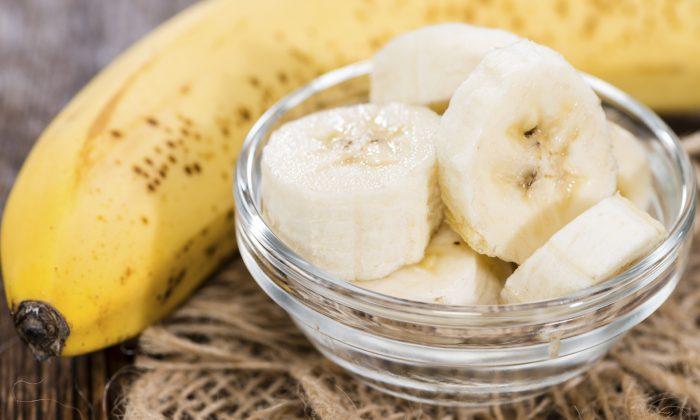Zero-Calorie or Diet Drinks
If you want a zero-calorie drink, nothing beats water. Make sure to drink at least half an ounce of water for every pound you weigh—every day—to stay properly hydrated.
But if you equate zero-calorie drinks to diet soda and similar drinks, be warned. Diet beverages generally use artificial sweeteners instead of sugar to sweeten them. When we drink them, they trick our brain into thinking it’s getting glucose. But when it doesn’t, research finds we end up reaching for sweeter foods later on.
If you’re looking for low-calorie sweet beverages, make your own iced tea with a little xylitol, stevia, monk fruit, or erythritol as they won’t negatively affect blood sugar levels the way artificial sweeteners can.
Smoothies are another sweet drink and often a great way to get the nutrients we need on a daily basis. But many commercially available smoothies contain a large amount of sugar because it’s either added to the smoothie itself through the base that’s used, or a fruit syrup is used instead of fresh fruit. I love making my own smoothies in my blender and I throw in whatever I have in the fridge: fruits, veggies, protein powder, and nuts.
To keep the sugar content down, you can use water as the base, or unsweetened plant-based milk.
Packaged Snacks
When it comes to snacking, no matter what the picture on the box, be sure to read the ingredients to see if they have any preservatives, artificial colors, or flavors, and to determine how healthy they are.
Generally speaking, any processed snack food is going to be high in calories and low in nutrients. Even the healthiest processed snack foods don’t measure up to real fruits and vegetables.For example, my daughter loves vegetable chips—they’re crunchy and the ingredients are pretty clean, but it’s important to note that they don’t have enough vegetables to replace any of the 5 to 10 servings a day required for a healthy diet.
Trail mix can be the exception, because it is often just dried fruit and nuts. But some brands of trail mix also contain food coloring and sulfites, so while they may have healthy ingredients, they are contaminated, so to speak. The good thing about trail mix is it’s easy to make yourself. Mix together pumpkin and sunflower seeds, nuts, dried fruit, and whatever else you have in your cupboard.
Loofah Sponges
If you like to use a loofah in the shower, did you know that dirt and skin cells can get trapped inside it? It’s really important to allow the loofah to dry properly after each use—otherwise, you’re putting the dirt and bacteria back on your body. You can dry it outside of the shower, and replace it if it smells or changes color. Dry brushing is also very effective for removing dirt and dead skin cells. Rinse your dry brush and allow it to dry.
Dental Care
Of course, it’s important to brush your teeth after you eat, but if you brush too soon after eating, it could have a negative effect on your enamel, especially if you’ve eaten acidic foods. Ideally, you want to wait 30 to 60 minutes after eating. You can drink water or chew natural gum with xylitol while you’re waiting. This can help clean your teeth before you brush them and xylitol has been shown to inhibit the growth of the bacteria that cause cavities.
And finally, many of us keep our toothbrushes on the counter in the bathroom. If you do that, make sure it’s nowhere near your toilet, because when we flush with the lid up, it releases an aerosol plume that contains bacteria and floats in the air for up to two hours.
That plume contains bacteria that can land on your toothbrush. Ewww.






Friends Read Free